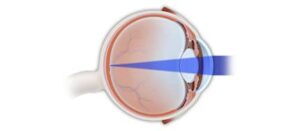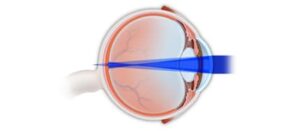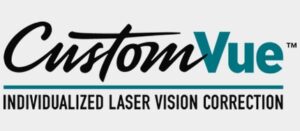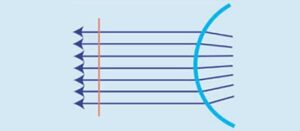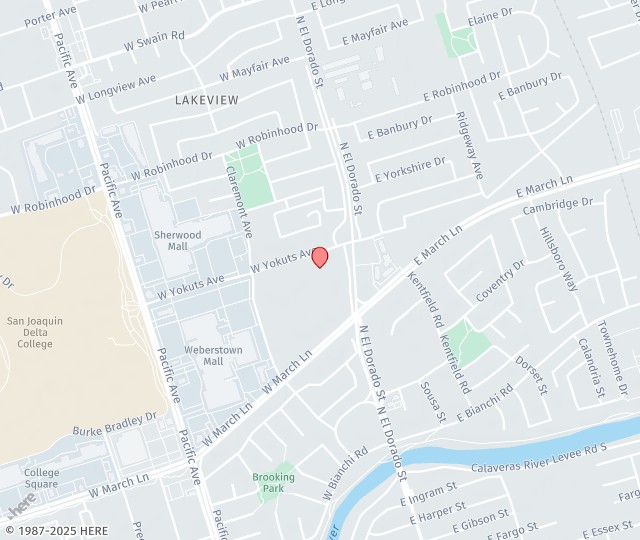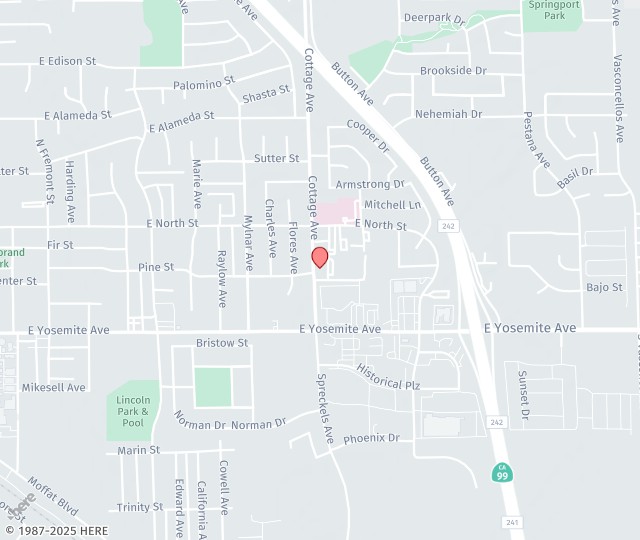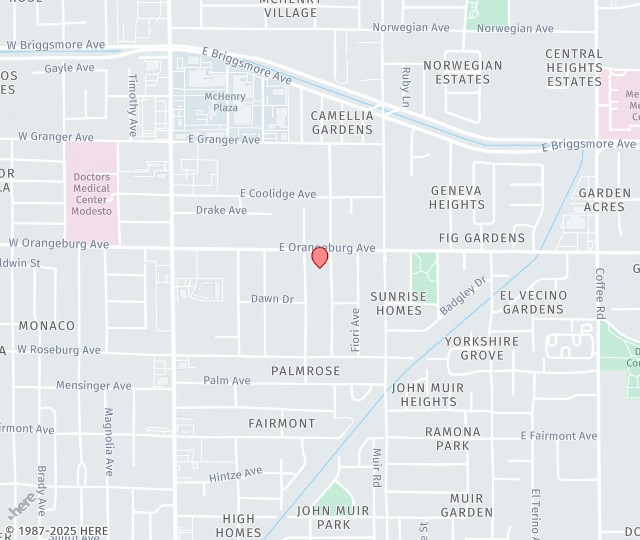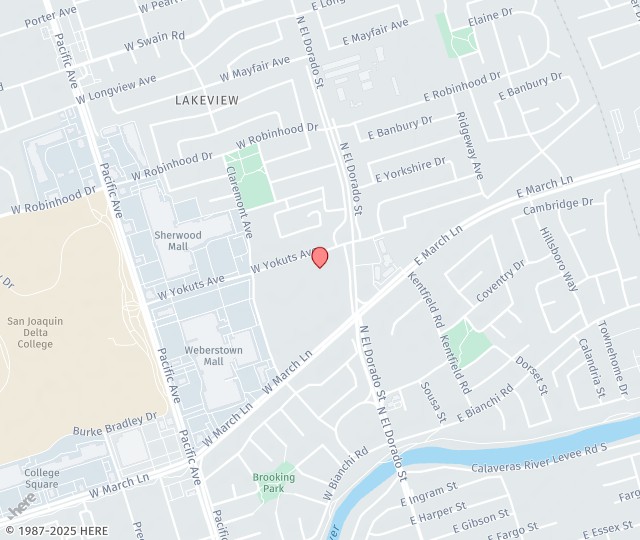Blade-Free LASIK
LASIK, an acronym for Laser-Assisted In Situ Keratomileusis, is the most common refractive procedure. Using targeted laser beam energy, Lasik reshapes the cornea so that light rays are focused more precisely on the retina. As a result, patients can now have clear, sharp vision without the need for glasses or contacts. Lasik can correct nearsightedness, farsightedness, and astigmatism. Our doctors perform laser vision correction to give patients a better quality of life.
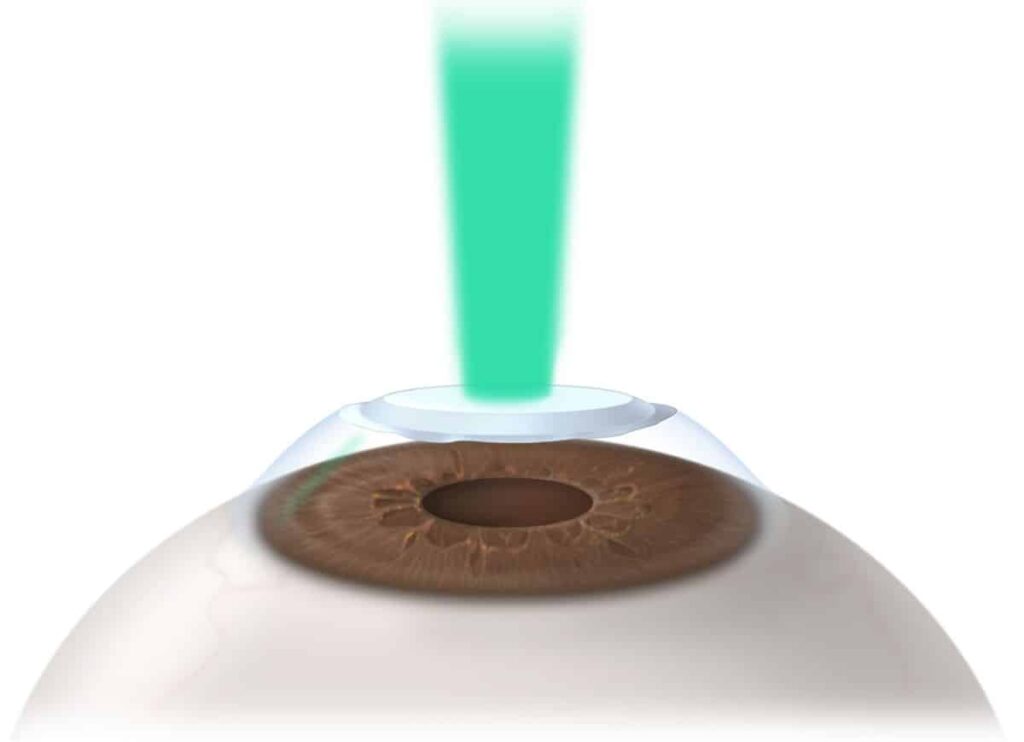
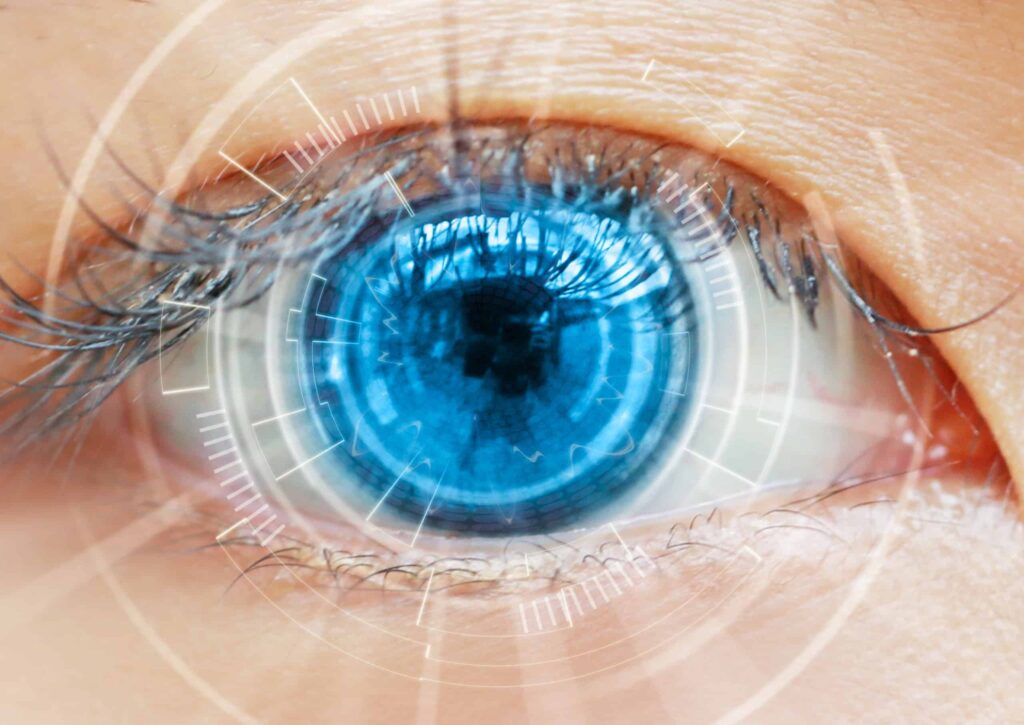
iDesign
iDesign is a recent development in the performance of the LASIK procedure, and represents the most advanced laser vision correction technology to date. A wavefront-guided procedure, the iDesign Refractive Studio integrates corneal topography that guides the ophthalmologist through the LASIK procedure using the most accurate measurements of the patient’s eyes.
Photo-Refractive Keratectomy (PRK)
Photorefractive keratectomy, or PRK, is a type of laser eye surgery that reshapes the cornea. Photorefractive keratectomy was the first procedure to use the Excimer laser and, after Lasik, is the second most common type of refractive surgery. Lasik makes a flap and applies the laser to the inner tissue of the cornea. However, with PRK, the epithelium, or outer skin of the cornea, is removed and a laser is applied to the surface of the cornea.

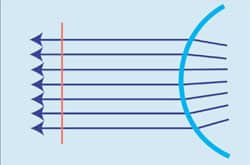
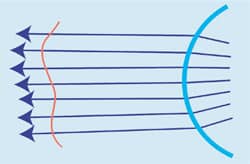
Wavefront Diagnostic Technology
Until recently, laser vision correction treated patients based strictly on their optical prescription. In other words, if you were a minus-four nearsighted person, glasses with minus-four lenses would allow you to see the best that you could. If you had laser vision correction, that same prescription would be programmed into the excimer laser and the exact amount of tissue would be removed to make a minus-four into a zero. Therefore, anyone with the same prescription was receiving the same treatment which we call conventional laser vision correction.
FAQ
LASIK is an eye surgery that corrects nearsightedness, farsightedness, and astigmatism. These common focusing errors of the eye are all attributed to the shape of the cornea, and LASIK reshapes the cornea. In LASIK, after a protective flap of tissue is created in the outer layer of the cornea, the laser is then used to precisely reshape the cornea under the flap. The reshaped cornea then heals and because the light is refracted more optimally onto the retina, the patient’s vision is vastly improved.
At Central Valley Eye Medical Group, we continually incorporate new technology into our laser vision correction options, such as iDesign, blade-free LASIK, and Wavefront diagnostic technology. This helps our patients achieve the highest levels of vision improvement with our laser vision correction surgeries.
These are amazing procedures that allow patients who have worn glasses their entire lives to see clearly without them. It can be life changing to not wake up and first have to reach for your glasses to read the alarm clock. LASIK is one of the most successful surgeries performed, and its success is documented with thousands of clinical studies measuring visual acuity and patient satisfaction.
The latest research reports that 99 percent of patients achieve better than 20/40 vision. More than 90 percent achieve 20/20 vision or better. LASIK has an incredibly high satisfaction rate of 96 percent patient satisfaction. This is the highest rate of any elective surgery. These statistics are found in the Journal of Cataract & Refractive Surgery, but they are available from difference sources.
LASIK procedures have been performed for over two decades now in the U.S. They have improved the vision of nearly 20 million people.
After your brief surgery, we’ll examine your eyes. Then you can return home, but you can’t drive yourself. After your surgery, you may have some slight itching or burning in your eyes, and you’ll probably have some additional tear production. These are normal signs of the healing process.
In most patients, vision is normal within eight hours and then continues to improve over time. In some cases, it can take several months to reach the full extent of your vision improvement. But in other patients, results are within a few weeks with a dramatic improvement in just hours.
Complications such as vision loss are very rare with LASIK, but there are certain side effects that are somewhat common, including dry eye and temporary vision issues.
Risks with LASIK:
- Dry eyes — LASIK surgery causes a temporary decrease in tear production. This can last for up to six months; eye drops can help manage this.
- Glare, halos, double vision — Your night vision could be affected after your surgery, with halos and glare showing around bright lights. Double vision can develop, as well. These usually last for a period from a few days to a few weeks.
- Undercorrection or overcorrection — If the laser removes too little or too much tissue, you may not have the correction you desire. This can be easily addressed with a second procedure for undercorrection.
- Astigmatism — If tissue removal is uneven, it can create astigmatism.
- Flap problems — The flap created to access the cornea can develop complications such as infection or unusual epithelium growth.
- Vision loss — In very rare cases, patients have experienced vision loss due to surgical complications.
Many of these potential side effects result from practitioners who perform LASIK on patients who really are not good candidates. At Central Valley Eye Medical Group, we stay at the forefront of LASIK and PRK technology to provide the best laser vision correction options for our patients from Stockton, Modesto, and Manteca.
LASIK offers patients who’ve lived their lives dealing with the hassles of vision correction through eyeglasses or contact lenses the prospect of living without these any longer. Most patients can achieve 20/25 vision or better after having LASIK surgery. Studies show that over 80 percent of people who’ve had laser vision correction no longer need to use their glasses or contact lenses for most activities.
People with a low grade of nearsightedness tend to have the most successful results with refractive surgery. People with high refractive errors combined with astigmatism can have less predictable results.
In some cases, the surgery results in undercorrection, but this can be fine-tuned with another surgery.
During LASIK, your cornea is permanently reshaped to correct the refractive errors. This means your vision refractive errors are reduced dramatically or removed completely (and you have 20/20 vision). Your eyes can change, however, and could require a follow-up procedure if they do.
Also, presbyopia is a near-universal human eye condition that occurs when people turn 40. In presbyopia, the eye loses its ability to focus effectively on close up objects. Presbyopia occurs in the lens of the eye, not the cornea. LASIK doesn’t make presbyopia worse or make its onset sooner. Presbyopia, not declining results from your LASIK procedure, would be the reason you could need reading glasses after your 40th birthday.
Schedule A Consultation
If you are interested in Laser Vision Correction (LASIK), contact Central Valley Eye Medical Group. Call us at +1 (800) 244-9907 to schedule your consultation. Our practice serves Manteca, Stockton, and surrounding areas in California.
